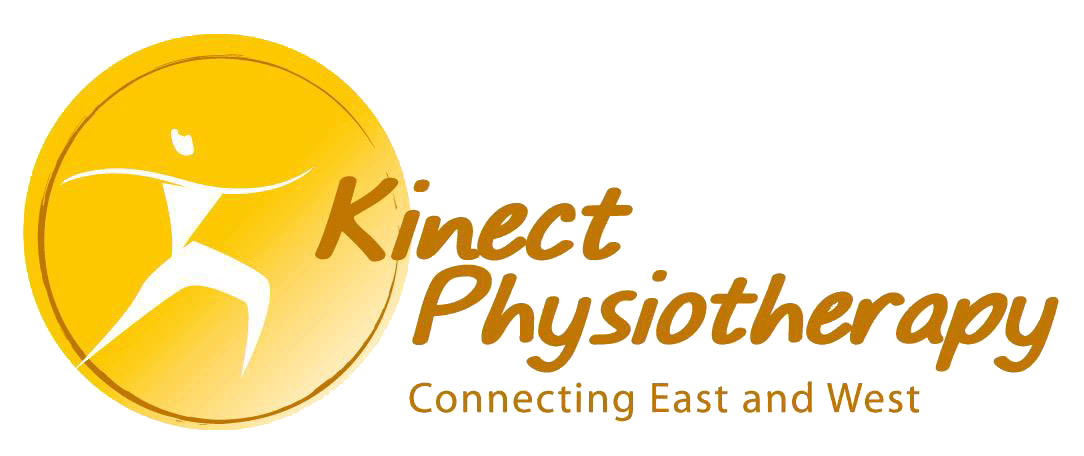Physiotherapy is a medical profession that aims to improve physical function and well-being in patients. There are various treatment techniques that physiotherapists use to achieve this goal. One of the most effective ways of treatment is through the integration of Eastern and Western techniques in physiotherapy.
Eastern techniques, based on traditional Eastern medicine, aim to restore balance to the body’s energy flow, known as Qi, through acupuncture, acupressure, and tai chi. Western techniques, based on modern Western medicine, focus on identifying and addressing the underlying causes of physical impairments through manual therapy, exercise therapy, and electrotherapy.
By combining Eastern and Western techniques, physiotherapists can provide a more comprehensive approach to treatment. This can lead to better patient outcomes as it addresses the underlying causes of physical impairments and promotes healing and overall well-being. For example, a patient with chronic back pain may benefit from a combination of acupuncture and manual therapy, which can help alleviate pain, reduce inflammation, and improve range of motion.
In this article, we will explore the differences between Eastern and Western treatment techniques in physiotherapy and how the integration of both approaches can lead to better patient outcomes. By understanding the benefits of each technique and how they can be used together, physiotherapists can provide a tailored treatment plan for each patient.
What are Eastern and Western Treatment Techniques in Physiotherapy?
Eastern treatment techniques in physiotherapy are based on traditional Eastern medicine, which emphasizes the importance of balancing the body’s energy. These techniques include:
- Acupuncture: The insertion of fine needles into specific points on the body to stimulate energy flow and promote healing.
- Tai Chi: A gentle form of exercise that involves slow and controlled movements to improve balance, flexibility, and strength.
- Qigong: A combination of physical postures, breathing techniques, and meditation that promotes the flow of energy throughout the body.
- Herbal medicine: The use of natural herbs and supplements to treat various ailments.
Western treatment techniques in physiotherapy are based on modern Western medicine, which emphasizes the importance of evidence-based practice. These techniques include:
- Manual therapy: The use of hands-on techniques to manipulate soft tissues and joints to improve mobility and reduce pain.
- Exercise therapy: The prescription of specific exercises to improve strength, endurance, and range of motion.
- Electrical stimulation: The use of electrical currents to stimulate muscles and nerves, reduce pain, and promote healing.
What are the Differences Between Eastern and Western Treatment Techniques in Physiotherapy?
The main difference between Eastern and Western treatment techniques in physiotherapy is their underlying philosophy. Eastern medicine is based on the idea that the body’s energy needs to be balanced for optimal health, while Western medicine focuses on treating specific symptoms and conditions.
Eastern treatment techniques often involve a holistic approach to health, where the body, mind, and spirit are all considered. Western treatment techniques, on the other hand, often focus solely on physical symptoms and conditions.
How can Combining Eastern and Western Treatment Techniques Lead to Better Patient Outcomes?
Combining Eastern and Western treatment techniques in physiotherapy can lead to better patient outcomes because it allows for a more holistic approach to treatment. By addressing both physical symptoms and energy imbalances, patients can experience a more complete and lasting recovery.
For example, a patient with chronic back pain may benefit from a combination of acupuncture and manual therapy. Acupuncture can help balance the body’s energy and reduce inflammation, while manual therapy can improve mobility and reduce pain.
FAQs:
Are Eastern treatment techniques safe?
Can Western treatment techniques be used in conjunction with Eastern treatment techniques?
What should I expect during a physiotherapy session that uses Eastern treatment techniques?
Conclusion:
In conclusion, understanding Eastern and Western treatment techniques in physiotherapy can help patients make informed decisions about their healthcare. While these techniques may differ in their underlying philosophy, combining them can lead to better patient outcomes. Whether you choose to pursue Eastern or Western treatment






